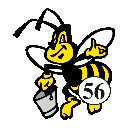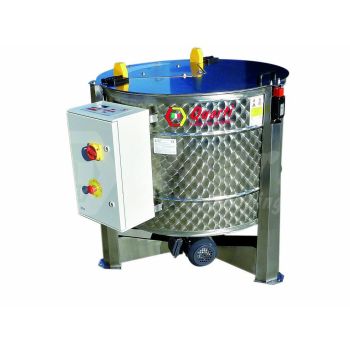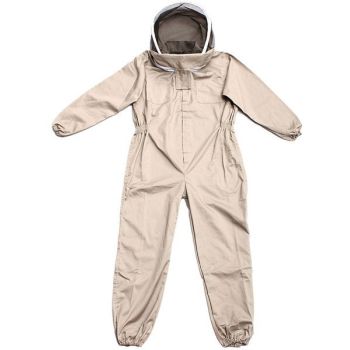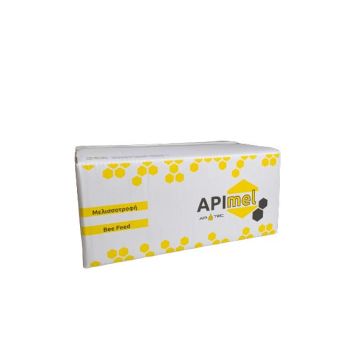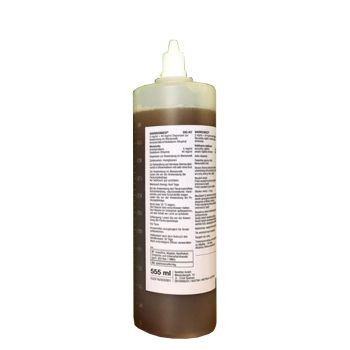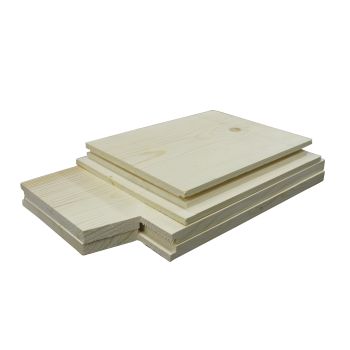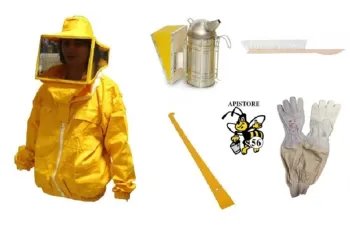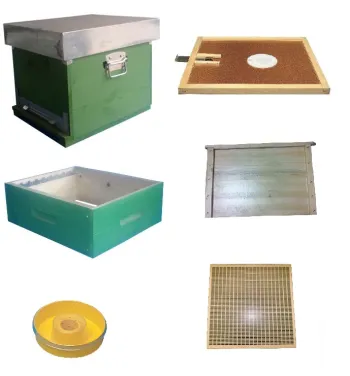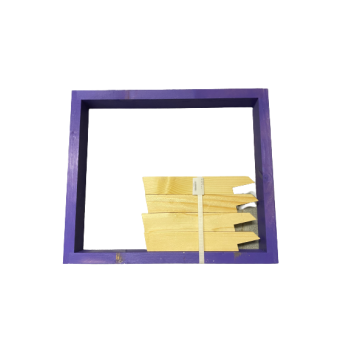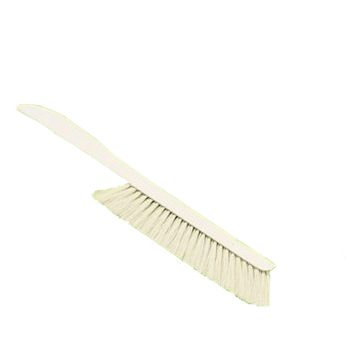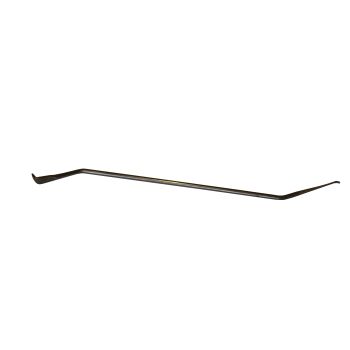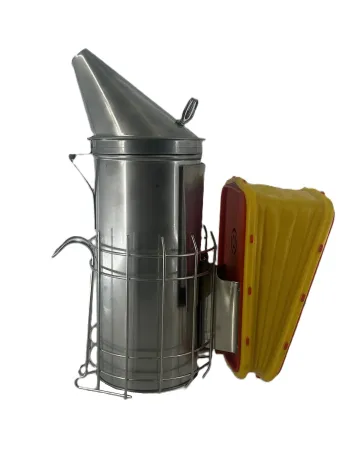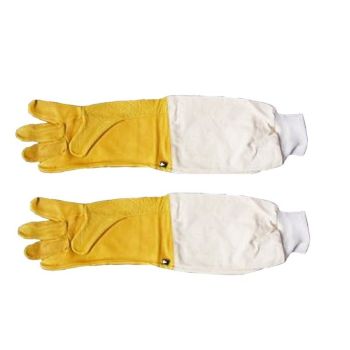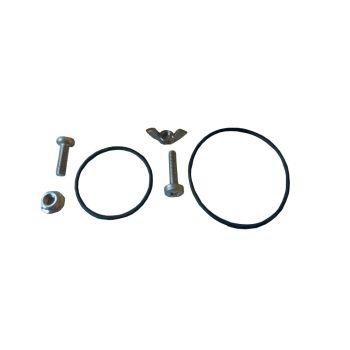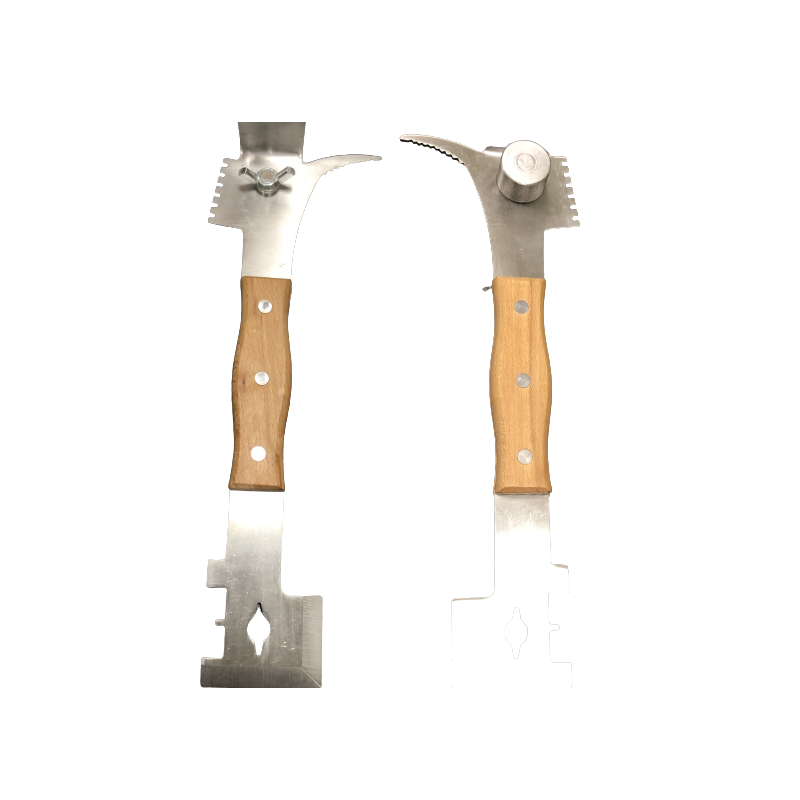

Adaptable stainless steel lever
Multifunctional, with central wooden handle
Length : 27 cm
Wooden stand with feet for 10-frame D.B. Beehives
Large brush with excellent quality plastic bristle for removing bees from the honeycomb
Silicone rubber mantle (also available as spare part cod QI M34) ,reinforced with ribs and adaptable to any type of smoker. Removable anti-scald protection netNylon cheeks, fiberglass-filled, heat-resistantSilicone suction valveRear cheek, prepared with preholes for screwing the body to the smoker - adaptable on any model -
Painted 10-frame D.B. Beehives, with honeycomb and frames in the nest and honeycomb. Complete with: Nest; Honey super; wooden honeycomb cover with mounted 4-position sheet metal disc; 10cm-high galvanized sheet metal cover lined with wood and faestile on bottom; galvanized sheet metal canopy; frames in nest and honeycomb with wax-free wire; plastic transport mask; galvanized pinwheels; metal porch; 3 connection angles; spacers mounted in the nest and Honey super; fixed anti-moth net bottom with galvanized sheet metal bottom removable from the back; 25mm thick seasoned fir wood; walls assembled with screws; carrying handles; Frame rest
Wooden stand with feet for 10-frame D.B. Beehives
Large brush with excellent quality plastic bristle for removing bees from the honeycomb
Silicone rubber mantle (also available as spare part cod QI M34) ,reinforced with ribs and adaptable to any type of smoker. Removable anti-scald protection netNylon cheeks, fiberglass-filled, heat-resistantSilicone suction valveRear cheek, prepared with preholes for screwing the body to the smoker - adaptable on any model -
Painted 10-frame D.B. Beehives, with honeycomb and frames in the nest and honeycomb. Complete with: Nest; Honey super; wooden honeycomb cover with mounted 4-position sheet metal disc; 10cm-high galvanized sheet metal cover lined with wood and faestile on bottom; galvanized sheet metal canopy; frames in nest and honeycomb with wax-free wire; plastic transport mask; galvanized pinwheels; metal porch; 3 connection angles; spacers mounted in the nest and Honey super; fixed anti-moth net bottom with galvanized sheet metal bottom removable from the back; 25mm thick seasoned fir wood; walls assembled with screws; carrying handles; Frame rest
